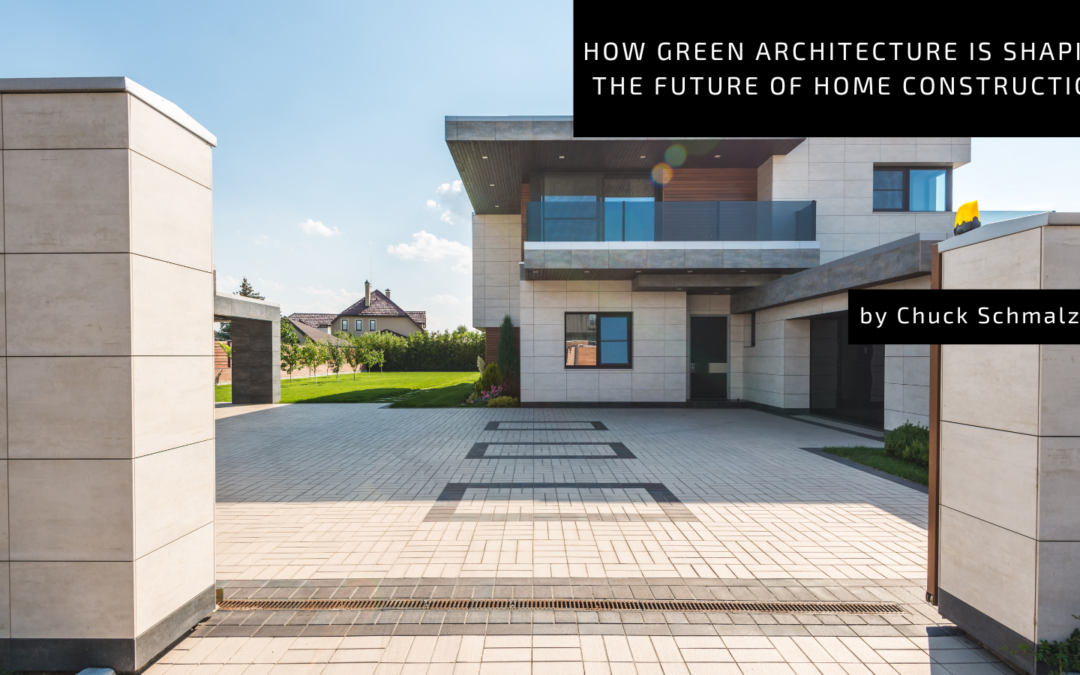As environmental awareness grows, so does the demand for sustainable practices in every industry—including home construction. Green architecture, an approach focused on minimizing environmental impact and maximizing energy efficiency, revolutionizes how homes are designed and built. This movement towards eco-friendly building practices isn’t just a trend; it’s a necessary shift for a more sustainable future. Here’s how green architecture shapes home construction’s future and what it means for homeowners, builders, and the environment.
Energy Efficiency and Renewable Resources
One of the primary focuses of green architecture is reducing a building’s energy consumption. Energy-efficient design incorporates renewable energy sources, such as solar panels and wind turbines, insulation, windows, and materials that minimize energy loss. These elements help reduce the dependency on non-renewable resources and cut energy costs. Homes with passive solar designs, which optimize sunlight exposure to naturally heated or cool spaces, are increasingly popular, reducing the need for traditional HVAC systems. This approach saves money and reduces carbon emissions, making it an environmentally responsible choice.
Sustainable Building Materials
Traditional construction relies heavily on materials like concrete and steel, which require vast energy and contribute to pollution. Green architecture is changing this by embracing sustainable materials such as reclaimed wood, bamboo, recycled metal, and low-impact concrete alternatives. These materials are sourced responsibly and often involve less energy to produce. They are also designed to last longer and require less maintenance, extending the lifespan of the building and reducing the waste produced over time.
Water Conservation Techniques
Green architecture also focuses on conserving water, which is becoming increasingly scarce in many parts of the world. To minimize water usage, sustainable home designs incorporate rainwater harvesting systems, low-flow fixtures, and water-efficient landscaping. These designs lower utility bills and reduce environmental strain by reducing dependency on municipal water systems, making them a smart choice for urban and rural areas.
Indoor Air Quality and Healthy Living Spaces
Green architecture emphasizes creating healthier indoor environments by reducing volatile organic compounds (VOCs) commonly found in paints, adhesives, and carpets. By opting for natural or low-VOC materials, builders improve indoor air quality, benefiting homeowners’ health and wellness. Natural ventilation systems, green roofs, and indoor plants also enhance air quality, providing a healthier living space that reduces the risk of respiratory problems.
Designing for the Future
Green architecture is more than a design philosophy; it’s a vision for the future of home construction. Focusing on sustainability, energy efficiency, and occupant health offers long-term solutions to environmental challenges. As technology advances and building practices evolve, green architecture is set to become the new standard, making homes more sustainable, resilient, and eco-friendly.

